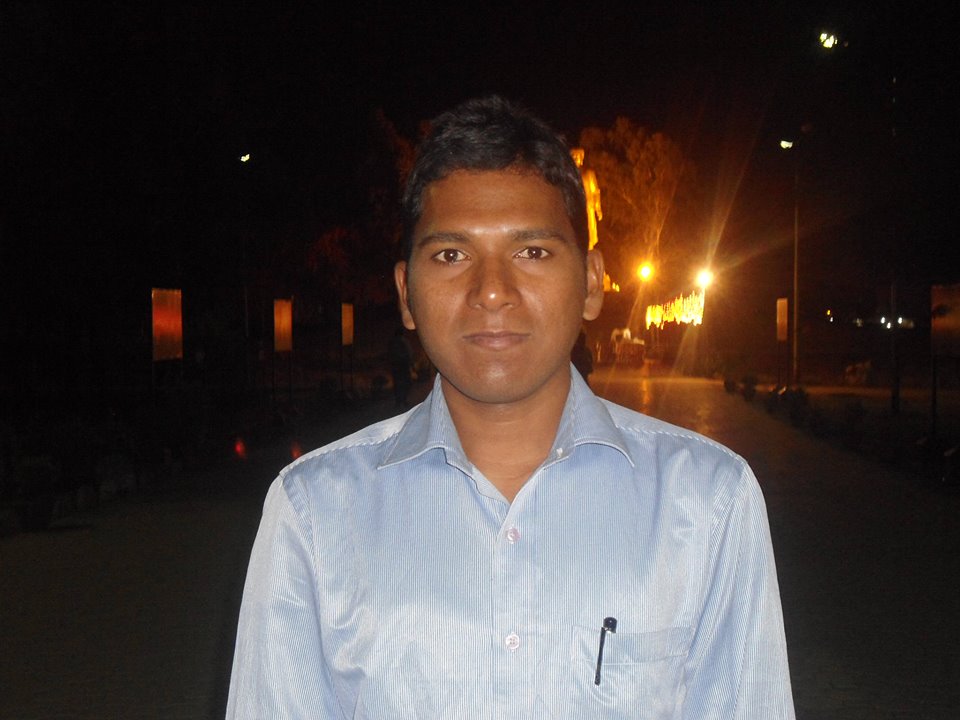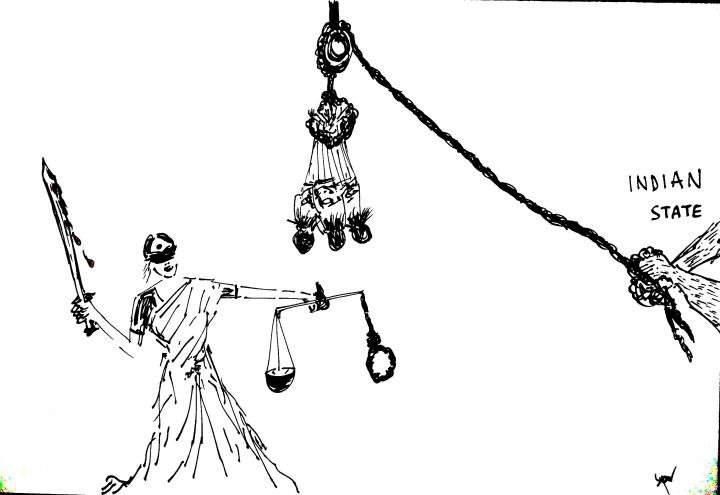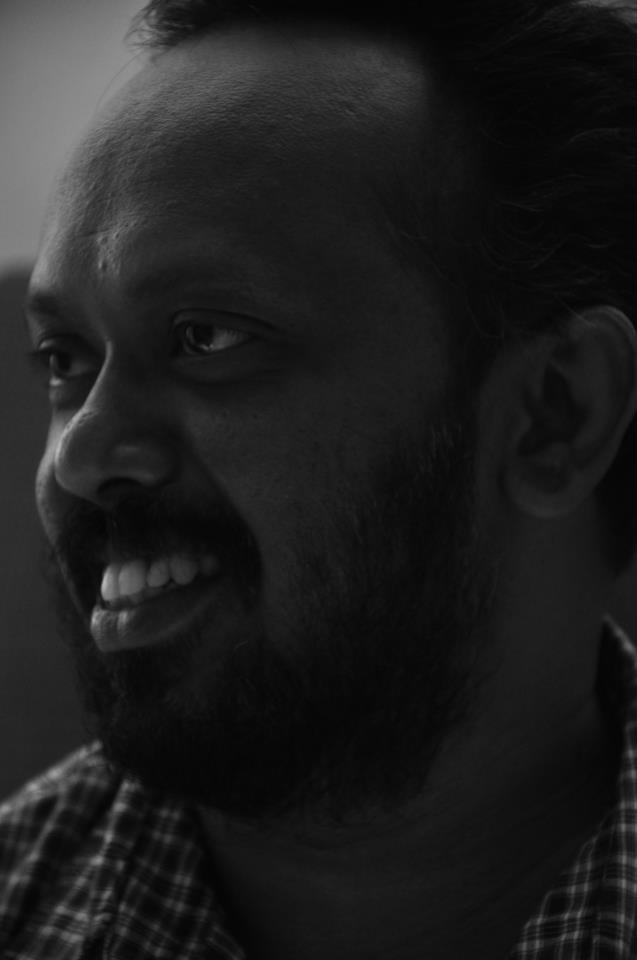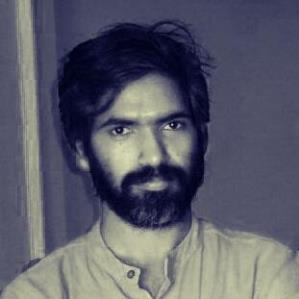Jadumani Mahanand
 I was born in a hill area of Kandhamal. In a small hamlet in a remote region surrounded by mountains, where there are no basic facilities which a modern state promises to ensure its citizens. There is no electricity, no proper road communication, no school to get education, no adequate work for wages and income. It is difficult to search for basic livelihood there, except in the hills and mountains where I could collect and cultivate my food to live. According to the Indian state, I am a citizen by virtue of the constitution, but it never treats me as an equal and free person. But, when I was trying to learn about the constitution, I thought that this is what I want to pursue in my life.
I was born in a hill area of Kandhamal. In a small hamlet in a remote region surrounded by mountains, where there are no basic facilities which a modern state promises to ensure its citizens. There is no electricity, no proper road communication, no school to get education, no adequate work for wages and income. It is difficult to search for basic livelihood there, except in the hills and mountains where I could collect and cultivate my food to live. According to the Indian state, I am a citizen by virtue of the constitution, but it never treats me as an equal and free person. But, when I was trying to learn about the constitution, I thought that this is what I want to pursue in my life.
In contrast, when I see its praxis- I observe the state committing violence against the fundamental principles and ethos of the constitution. When I try to understand the state more deeply, I see the hollowness of the ruler who continues to reign over me. I could see the ideology entrenched in the state, in classical Marxian sense, as ‘elite and bourgeois’ rule, over ‘oppressed’ and ‘have nots’ in order to ensure monopoly over the resources. In a democracy, everybody has the right to express opposition, when I engage in critiquing and questioning the state authority and power, I am branded as Maoist!
In a real sense I do not know what a Maoist really is. Gradually, I realize and identify that it is the fatal accident of me being born in a mountain area that led me to be branded as Maoist. Whatever I do for my livelihood, it is always suspicious to the state. If I go outside, I am in the of the state, if I go for work, there is no guarantee that I would return to my home. If I come at night there is severe danger to my life, I may be shot by the Special Operation Group (SOG).
My everyday experience with the state is a critical engagement. The fundamental rights the constitution assures me, are not based on my wish to exercise them, but on state orders. From the beginning, the state has been oppressive and repressive of my fundamental rights. What do I understand by state? Being an oppressed individual, state is the only option to ensure justice. In reality it is not the case. My experience with state has been that the state is not a sacrosanct entity that ensures justice. However, state (Democracy) is a necessary mechanism in a society like India to govern in order to bring revolutionary change. State is representation of the people who are living in the territory with equal proportion of representation. And the formation of the state is to preserve all people in the given territory in a Hobbesian sense. This objective of state is questionable, it cannot be accepted without critical engagement of its praxis. The praxis is not to see its governance, it is also important to question who are the rulers, what is their manifesto, what is their objective of their rule, where do they come from, who are they, what community do they belong to? Therefore, it is imperative to question the use of the state if individual rights are not protected. What happened in Kandhamal? Why has the state’s institution, police, been killing Adivasis and Dalits? Why is the state against Adivasis and Dalits?
Shooting at Kandhamal
Kandhamal, Rayagada, Koraput, Malkangiri and Nabarangpur districts of Odisha are under the surveillance of police, some villages where Adivasis and Dalits live are strictly observed in some blocks. These districts are known as Naxal/Maoist prone according to the Government of Odisha. On 8th July, five Adivasis and Dalits including a two year old child, were shot by SOG at Gumudumaha of Kandhamal, July 8. It is reported that these people had gone to collect their wages of MNREGA from a bank; after that they went to the market to buy things, and were returning by autorickshaw. It happened in the evening, there was rain, the road was totally damaged due to heavy rain, difficult to drive on, passengers were pushing from behind to help the driver. The SOG were on operation duty directed by district IG, SOG started firing deliberately suspecting that these are Maoists. Later, the police reported that there was cross-firing between the Maoists and SOG. Further, police said that of these sixteen people, some were Maoists.

The people who were victimized in the incident said that there was no crossfiring, it is also evident that there was only one sided shooting by the police. If there was crossfire, why wasn’t there a single SOG death or injury? The chief minister Navin Patnaik (BJD) Government announced five lakh rupees compensation to each family, and ordered a special investigation team to inquire about the incident. Nevertheless, various other government and political party authorities expressed their views on the incident. ST commission Rameshwar Oran said a judicial inquiry should be set up and 5-10 lakhs rupees will not return the lives of Adivasis, but the CM took it lightly. “In cross-firing, cases of injuries are reported from both sides. But in this incident, there was firing only from one side, which means the security forces fired at the tribals indiscriminately causing their death”, P L Punia, Chairman of the National Commission for SC, said. Navin Patnaik said, “My government is always concerned for the Scheduled Caste and Scheduled Tribe and the deprived sections of the society.”
Fake Encounter of Adivasis and Dalits
The state/police have been killing thousands of Adivasis and Dalits for decades. Adivasis and Dalits have been criticizing and opposing state development policies. According to them, these policies are looting their land and occupations. They are being displaced by the policies. The Fifth Schedule of the Indian constitution has been violated by the state and the corporates. The tribal rights on ‘land’ are misused by the state. There has been a movement by these people who are living in the mountain and hill areas, called as the Jan Andolan movement. The police have been placed there to encounter and surveil them. Every month, there is killing of people from these communities by the state. Not only fake encounters, Adivasis and Dalits have also been raped by the police, the protector of people and state, in the Maoist region. In this particular incident in Kandhamal, the police fired 200 bullets within 3-4 minutes, they also shot a two year child. The victims do not want compensation, but their lives to be returned! How is it possible that five lakh rupees can return the lives of Adivasis and Dalits?
The Odisha Context
Around eight months back, there was a case in Kendrapara, where police was trying to maintain law and order by controlling a mob shouting slogans against Sarathi Baba. In this incident, nobody from the public was injured, but some police personnel were injured and hospitalized due to the mob attack on the police. The protesters succeeded in getting the district SP suspended without any reason. In contrast, in Kandhamal, five citizens of India were killed without any reason by the police. Ironically, the police officers united to protect the police rights in the state. The point I am trying to make is, the voice of Adivasis and Dalits are being marginalized in the state. In the last seventy years of democracy, only the Patnaik community has been ruling the state. There has been an absence of Adivasi and Dalit movements in Odisha. As a result, the political representatives (SC/ST) have no autonomous political agenda for SC/STs. Interestingly, Odisha has approximately 40% of SC/ST population, with 24 SC and 33 ST MLAs in the legislative assembly of Odisha. To make a few comments, there are severe caste atrocities, untouchability, displacement, poverty, rapes on women throughout the state. The SC/ST political representatives become stooges of the Brahminical political parties. There is no independent voice from Adivasis and Dalits. In other words, politics of Brahminism has a monopoly on SC/ST political issues. One would be surprised to note that all the SC/ST funds are never being spent for the welfare of SC/STs. Rather, these funds are being spent on building fly-overs in the state capital, Bhubaneswar.
In a democratic political system like India, the problem of oppressed and marginalized lies in autonomous political movement. Political movements by themselves have big limitations. But political agency is an essential tool to address social problems. Particularly, Adivasis are not able to exercise autonomous political vision. On the other hand, the political interest of Brahminism is not merely to capture power, but to acquire monopoly over all resources – that means control on economic, social and religious power as well. Therefore, killing of Adivasi and Dalits through the state mechanism are becoming normal as a form of repression.
~~~
Jadumani Mahanand is a Ph.D research scholar in JNU.
Picture courtesy: the internet.










